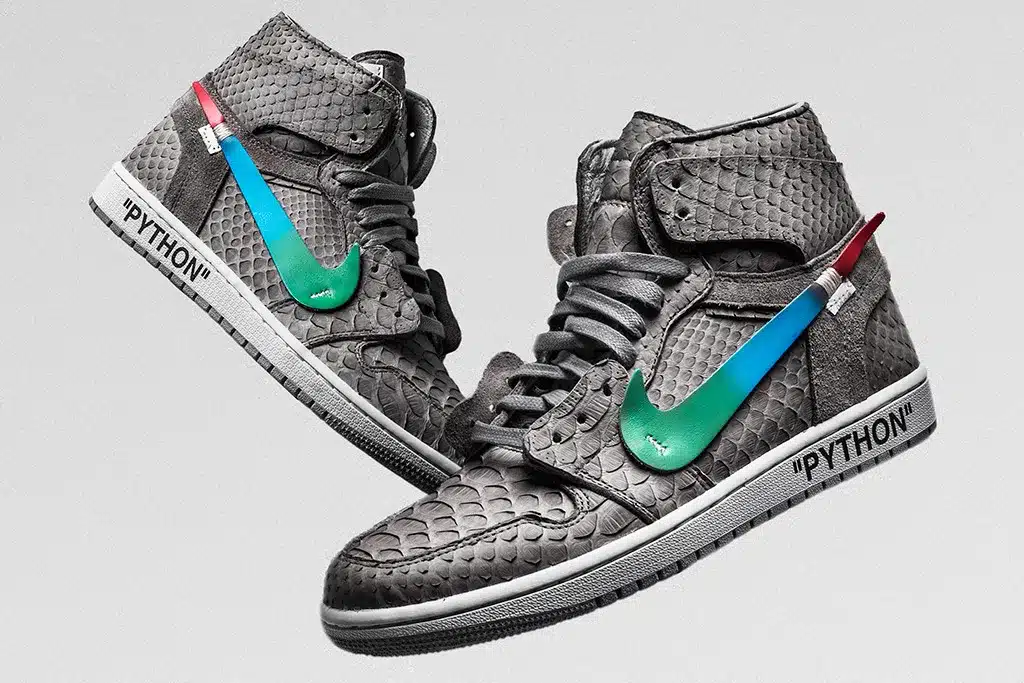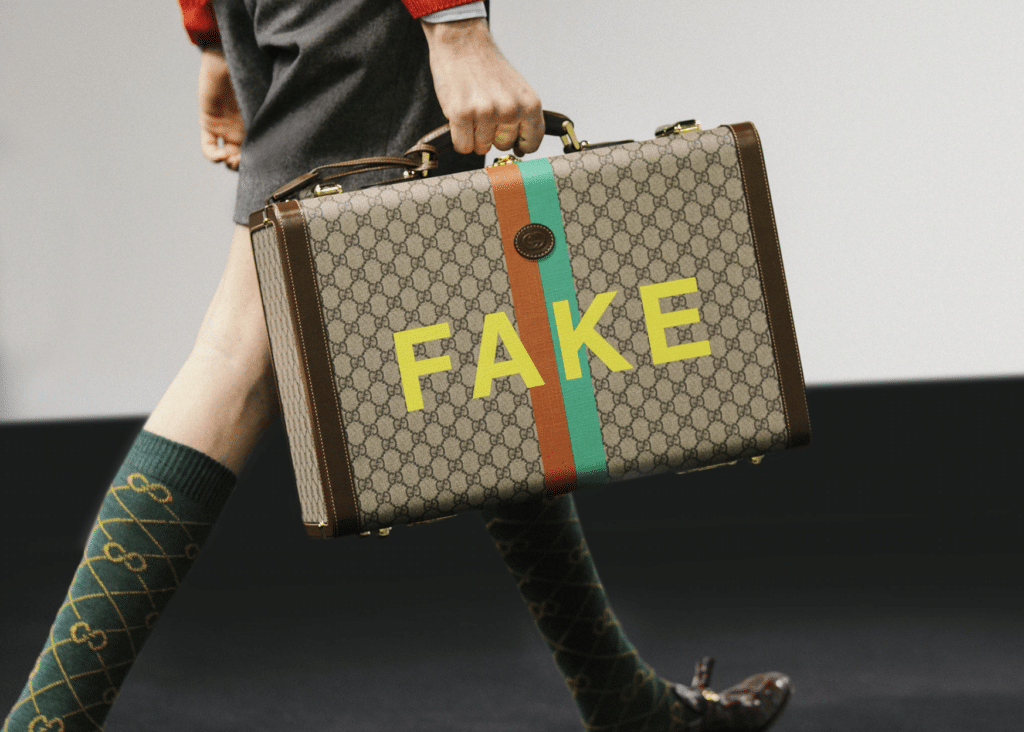“By effectively protecting their intellectual property, innovative companies can secure financing, grow, collaborate, and create value, but how does owning intellectual property rights impact a company’s performance?” That was the question guiding a recent study carried out by the European Union Intellectual Property Office (“EUIPO”) and the European Patent Office (“EPO”). In an effort to compare “the economic performance of firms that maintain intellectual property rights with those that do not,” the two IP bodies uncovered an interesting (although unsurprising) link between intellectual property rights and business performance.
Piggybacking on a 2015 study in connection with which the EUIPO found that companies in the European Union with at least one patent, trademark or registered design “record higher revenues per employee and pay higher wages than companies without any intellectual property rights, the EUIPO and EPO analyzed the workings of over 127,000 firms in the 27 European Union member states and the United Kingdom, including ones in the fashion and luxury space, between 2007 and 2019, and their national and EU intellectual property portfolios to further explore what they call “the virtuous cycle” between intellectual property and economic performance.
As a whole, the joint report revealed that revenue per employee is 55 percent higher for companies that own intellectual property rights (“IPRs”) than those that do not regardless of the “size of a firm or the countries and sectors in which it operates.” This is one of the “central results” of the survey, according to the EUIPO and EPO. (While the EUIPO and EPO noted that are various ways to measure the economic performance of a company, they selected “revenue per employee” as the main indicator of firm performance for the purpose of their report, and compared data on each company’s IPR portfolio with information contained in ORBIS, a commercial database that provides financial and other information on millions of European companies.)
Delving into the individual types of IP, the EUIPO and EPO found that “greatest effect” in terms of value was demonstrated by companies that own at least one patent, which resulted in a 36 percent increase in revenue per employee, followed companies that hold at least one design registration (that led to a 32 percent increase), and finally, maintaining at least one trademark (21 percent increase). In terms of the “highest revenue-per-employee gains,” they are linked to companies that maintain bundles of trademarks, protecting everything from their brand name and logos to product packaging. Companies that have such bundles demonstrated “performance premiums of 63 percent.”
That 63 percent premium also exists for companies that maintain bundles of design registrations, such as EU Registered Community Designs, which protect the appearance of the whole or a part of a product (i.e., the “lines, contours, colors, shape, texture and/or materials of a product”), including garments and accessories. And finally, a 60 percent premium exists for entities that have a combined portfolio of patent, trademark, and design rights.
Looking at retail trade, in particular, the EUIPO and EPO report states that businesses in this sector own “a relatively large number of trademarks, with 51 percent of large firms in this sector being trademark owners,” which makes sense given that consumer goods companies – especially those in the high fashion and luxury segments – depend significantly on the source-identifying capacity of trademarks and the goodwill to such marks as a draw for consumers, hence, the oft-prominently-placed logos on everything from designer leather goods and eyewear to sportswear giants’ sneakers.
Reflecting on the report’s findings, including that “IPR-intensive industries accounted for most of the EU’s trade with the rest of the world,” European Patent Office president António Campinos stated, “The stronger your IPR portfolio, the better your business performs. And IPR-owning businesses do not just generate more revenue, their employees earn more, too.” More than that, Campinos asserted that the report reveals that “there is significant untapped potential for small and medium-sized enterprises (“SMEs”) in Europe, as it shows that they stand to benefit the most from owning intellectually property.” The study uncovered s sizable gap between large entities and smaller ones, with “almost six out of ten large companies in Europe owning IPRs, [while] only 9 percent of the region’s SMEs hold a patent, registered design or trademark.”
Also emphasizing the importance of IP rights for small and medium-size companies, Christian Archambeau, the Executive Director of the EUIPO, stated, “This study is yet another piece of evidence linking IP rights to economic performance.” He noted that the results are especially relevant “for SMEs, which form the basis of Europe’s economy,” as they “underline the importance of making it easier for small companies to protect their innovations and creativity with IP rights.”
Finally, Campinos said the results are important in light of the the COVID-19 pandemic, as “businesses that make intensive use of IPRs helped pull us through the 2008 financial crisis, so, I strongly believe innovation will help drive Europe’s recovery from the impact of COVID-19.”











